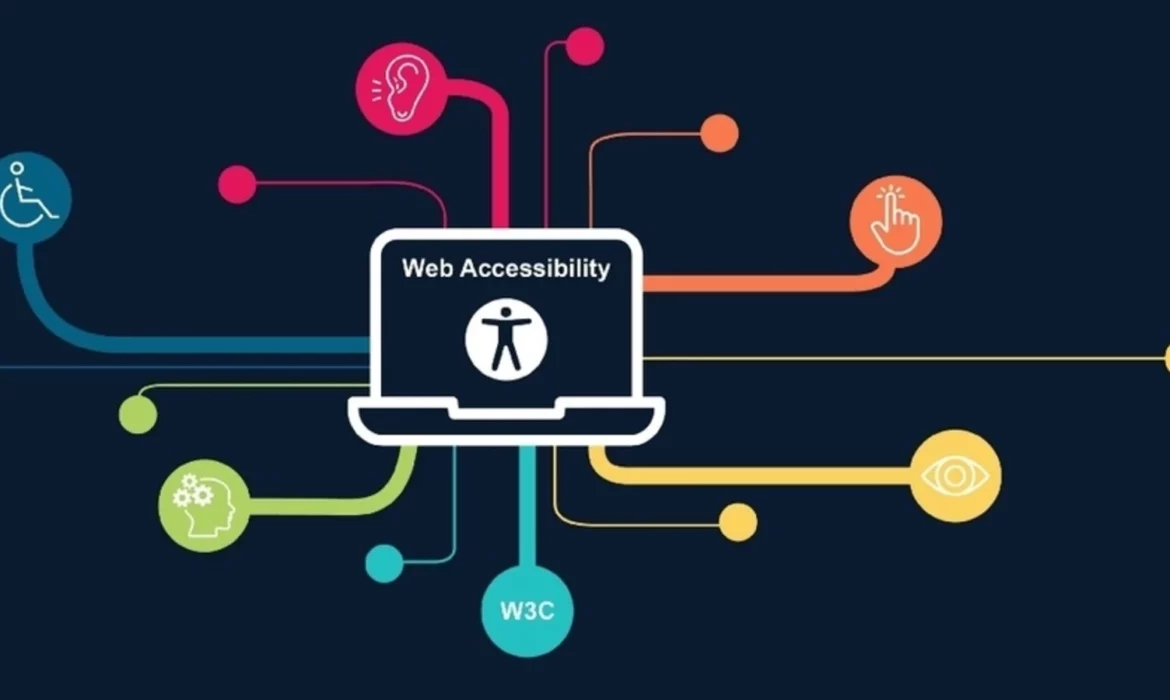In today’s digital age, the internet serves as a gateway to a wealth of information, services, and opportunities. However, not everyone can fully benefit from the vast resources available online. Web accessibility, the practice of ensuring that websites and web applications are usable by people of all abilities, is crucial for creating an inclusive online environment. Designing with accessibility in mind not only enhances the user experience for individuals with disabilities but also improves usability for all users. In this article, we delve into the importance of web accessibility and explore strategies for designing websites that cater to the diverse needs of all users.
The Importance of Web Accessibility
Web accessibility is a fundamental aspect of inclusive design that ensures equal access and opportunity for people with disabilities. According to the World Health Organization (WHO), over one billion people worldwide live with some form of disability, ranging from visual, auditory, motor, or cognitive impairments. For these individuals, navigating websites that are not accessible can present significant barriers, limiting their ability to access information, communicate, and engage with online services.
Furthermore, ensuring web accessibility is not only a matter of social responsibility but also a legal requirement in many countries. Legislation such as the Americans with Disabilities Act (ADA) in the United States and the Web Content Accessibility Guidelines (WCAG) established by the World Wide Web Consortium (W3C) set standards and guidelines for creating accessible web content. Failure to comply with these regulations can result in legal repercussions and reputational damage for organizations.
Designing for All Users
Creating accessible web experiences involves considering the diverse range of users and their unique needs and preferences. Here are some key principles and strategies for designing inclusive websites:
- Semantic HTML: Using semantic HTML markup ensures that web content is properly structured and understandable by assistive technologies such as screen readers. Semantic elements like headings, lists, and landmarks provide context and navigation cues for users with disabilities.
- Alternative Text: Providing descriptive alternative text for images allows users who are visually impaired to understand the content of images through screen readers or braille displays. Alt text should convey the purpose and meaning of the image concisely and accurately.
- Keyboard Accessibility: Ensuring that all functionality is operable via keyboard navigation is essential for users with motor impairments who may rely on keyboard input instead of a mouse. Interactive elements should be focusable and reachable using the tab key, and proper focus indicators should be provided for clarity.
- Color and Contrast: Paying attention to color contrast ratios ensures that text content remains legible for users with low vision or color blindness. Adequate color contrast between text and background enhances readability and usability for all users, regardless of visual abilities.
- Video and Audio Accessibility: Providing captions for video content and transcripts for audio content makes multimedia resources accessible to users who are deaf or hard of hearing. Captions and transcripts also benefit users in noisy environments or situations where audio playback is not feasible.
- Responsive Design: Designing responsive websites that adapt to various screen sizes and devices ensures a consistent user experience across desktops, tablets, and smartphones. Flexible layouts and scalable fonts accommodate users with different display resolutions and viewport sizes.
- User Testing and Feedback: Conducting usability testing with people of diverse abilities helps identify accessibility barriers and usability issues early in the design process. Gathering feedback from users with disabilities allows for iterative improvements and ensures that the final product meets their needs effectively.
Conclusion
Web accessibility is not merely a technical requirement but a fundamental aspect of creating inclusive digital experiences for all users. By incorporating accessibility principles into the design and development process, organizations can foster greater inclusivity, reach a wider audience, and demonstrate their commitment to diversity and equality. Designing for all users not only benefits individuals with disabilities but also enhances usability and user satisfaction for everyone. In a truly accessible web environment, everyone can participate, contribute, and thrive.




